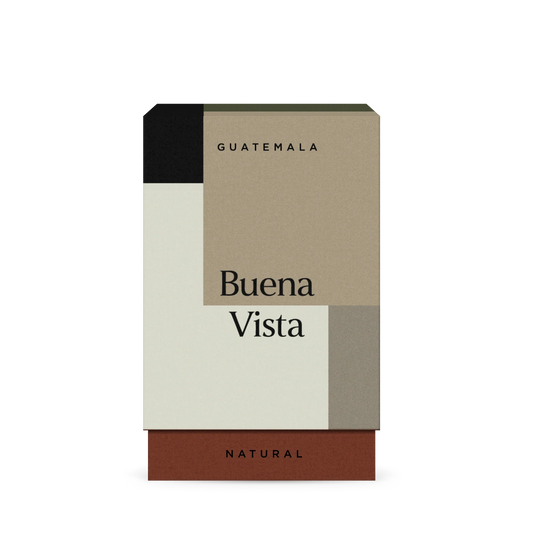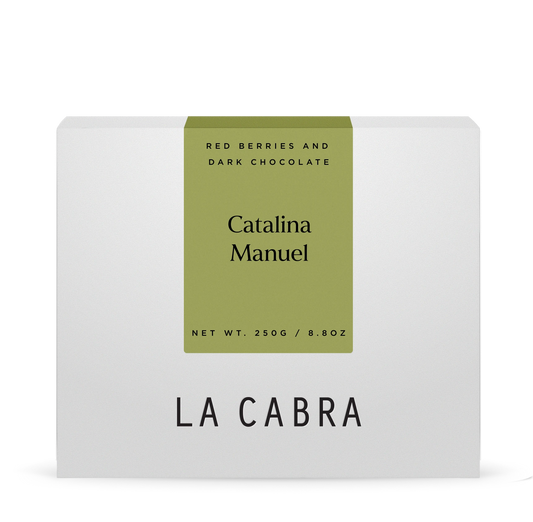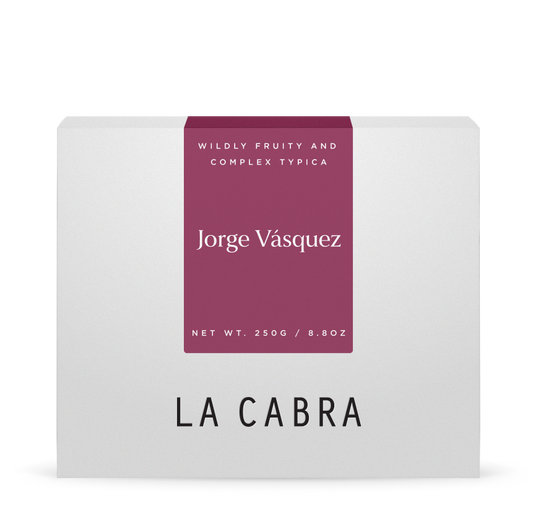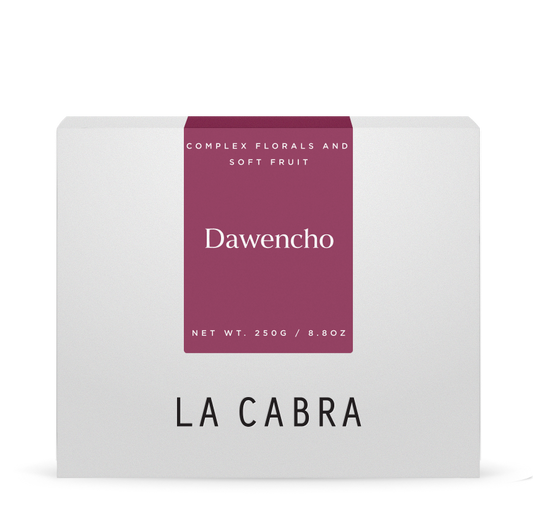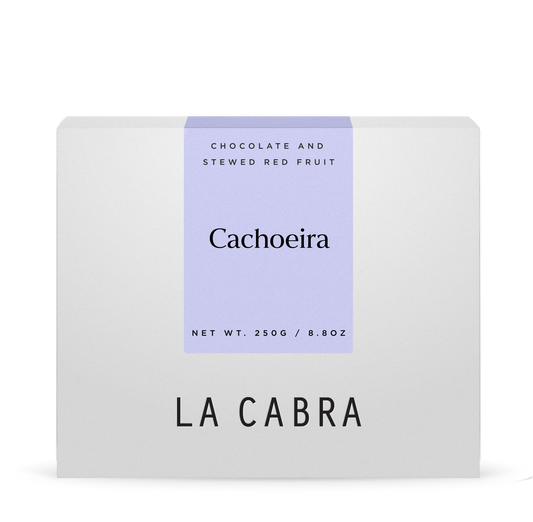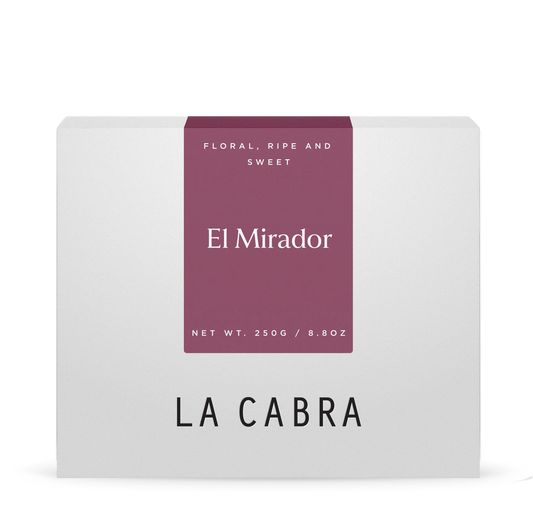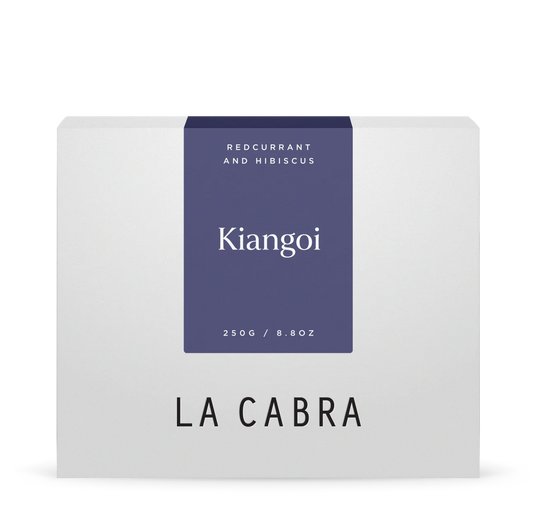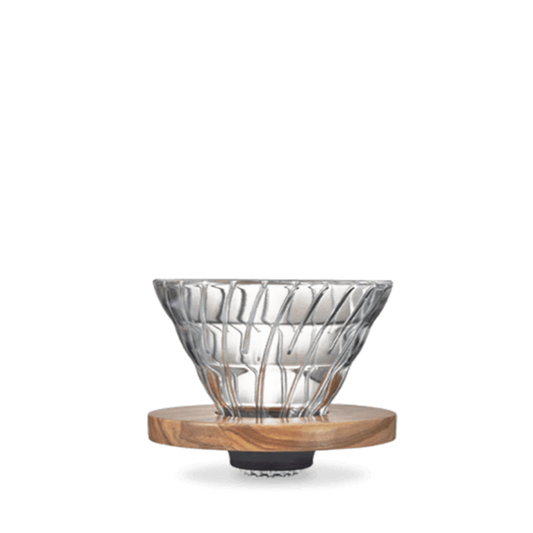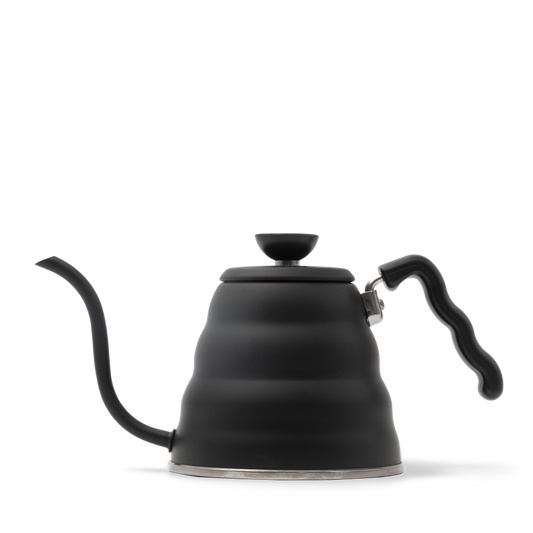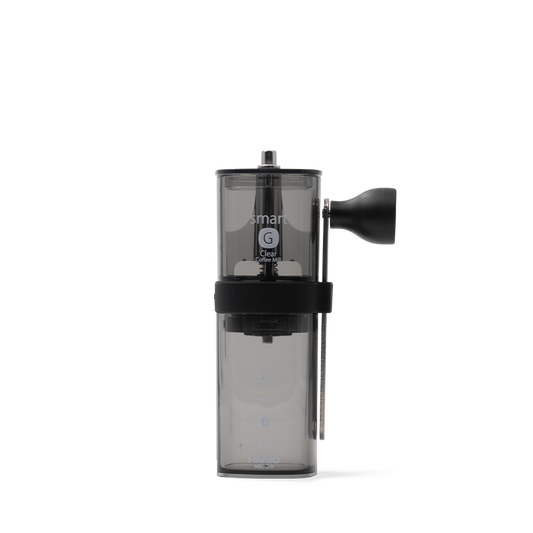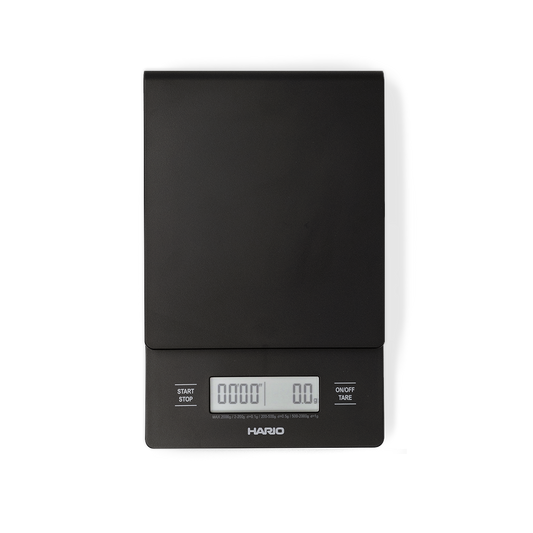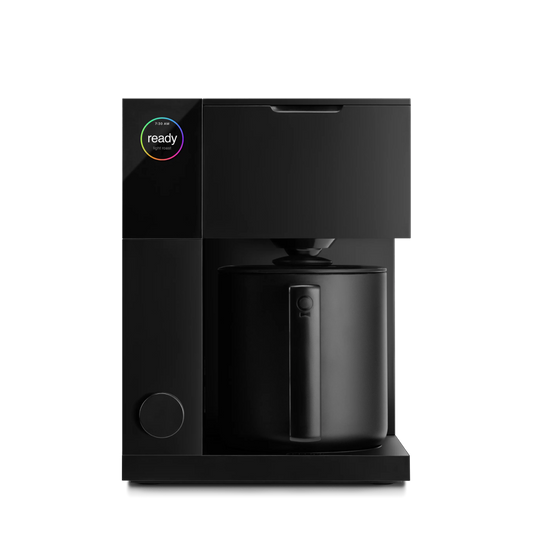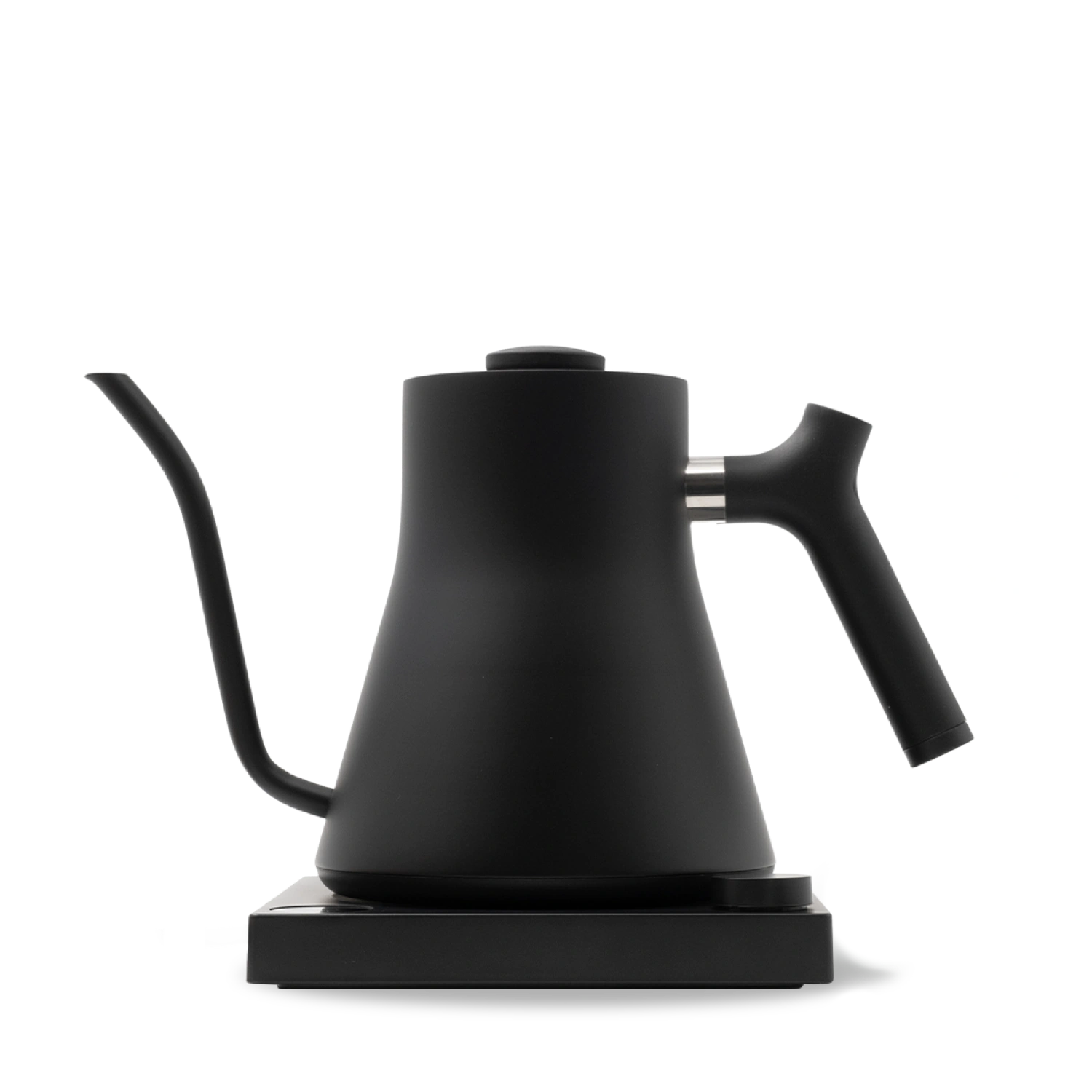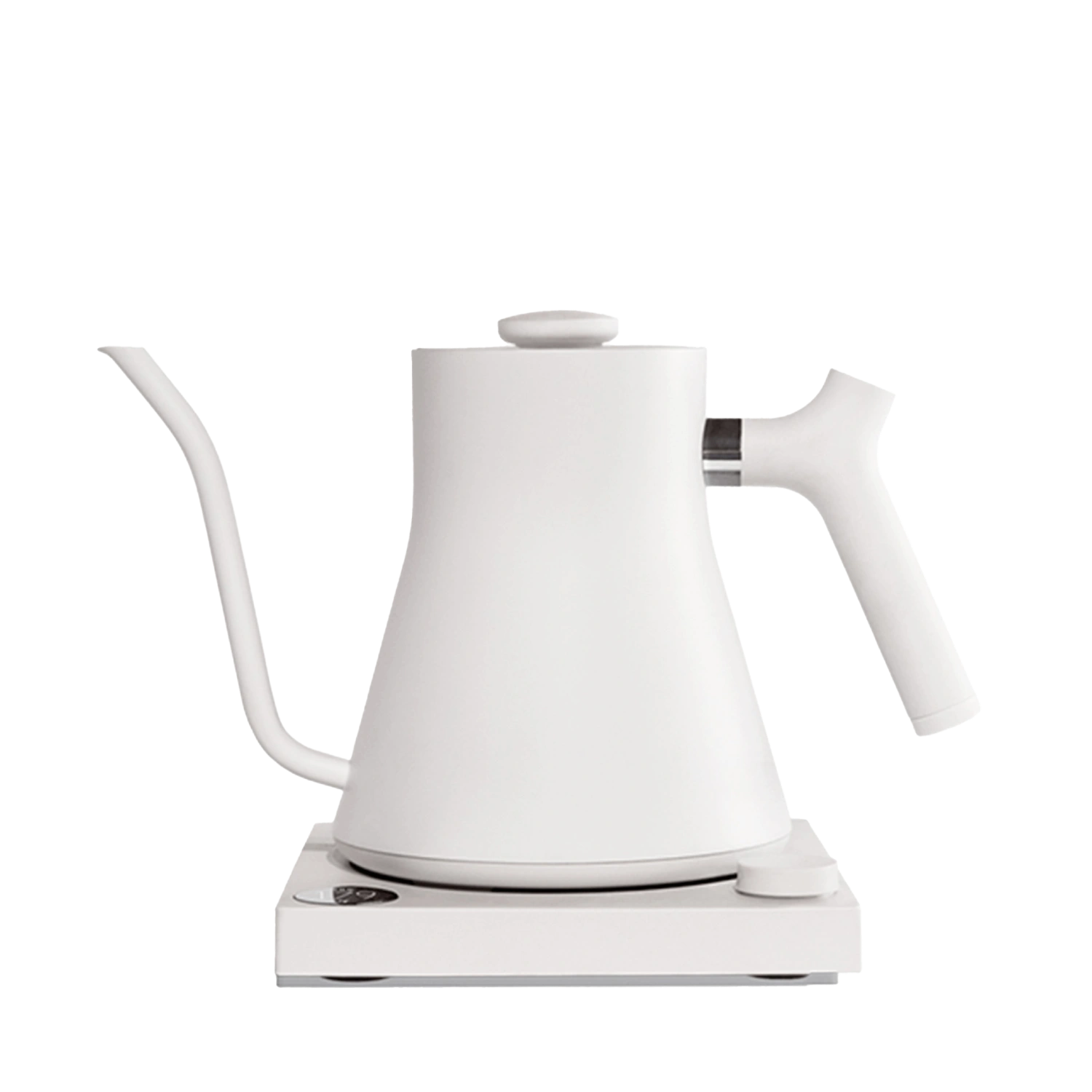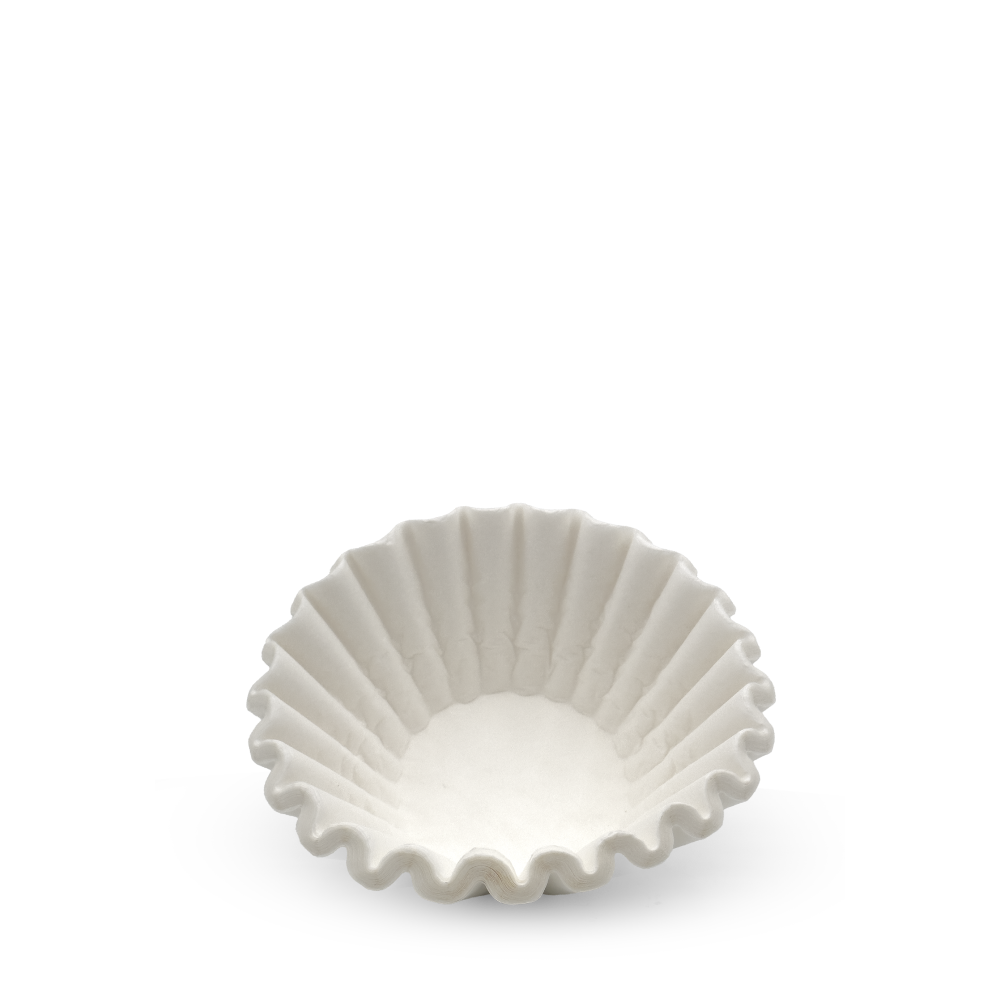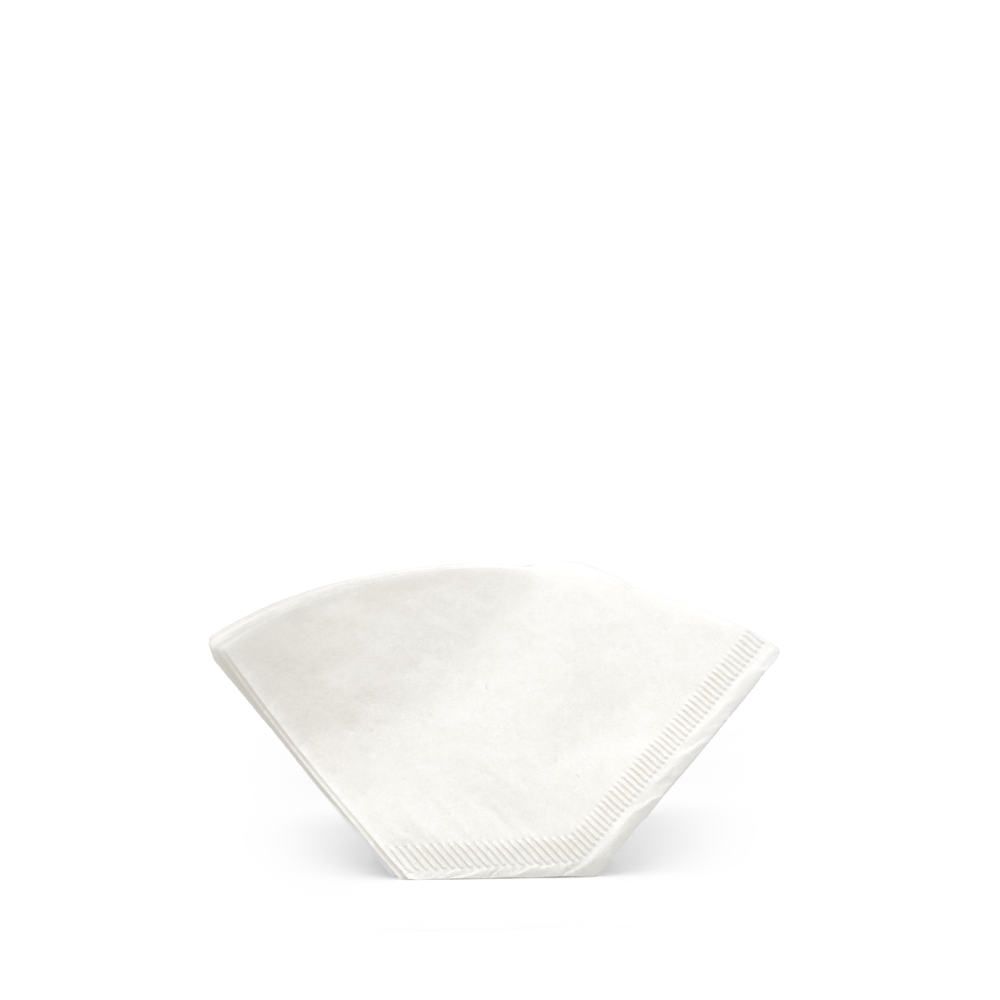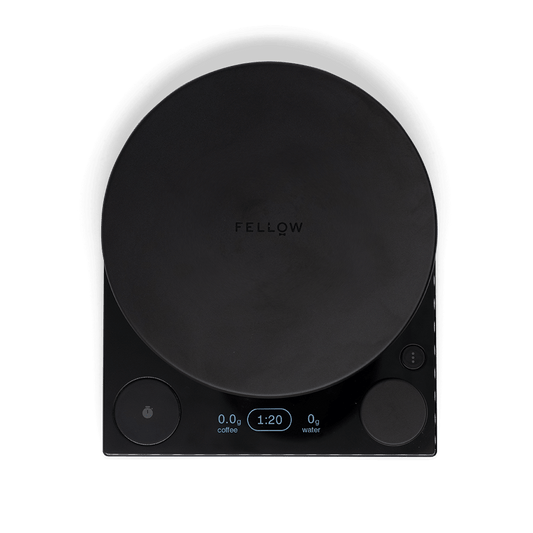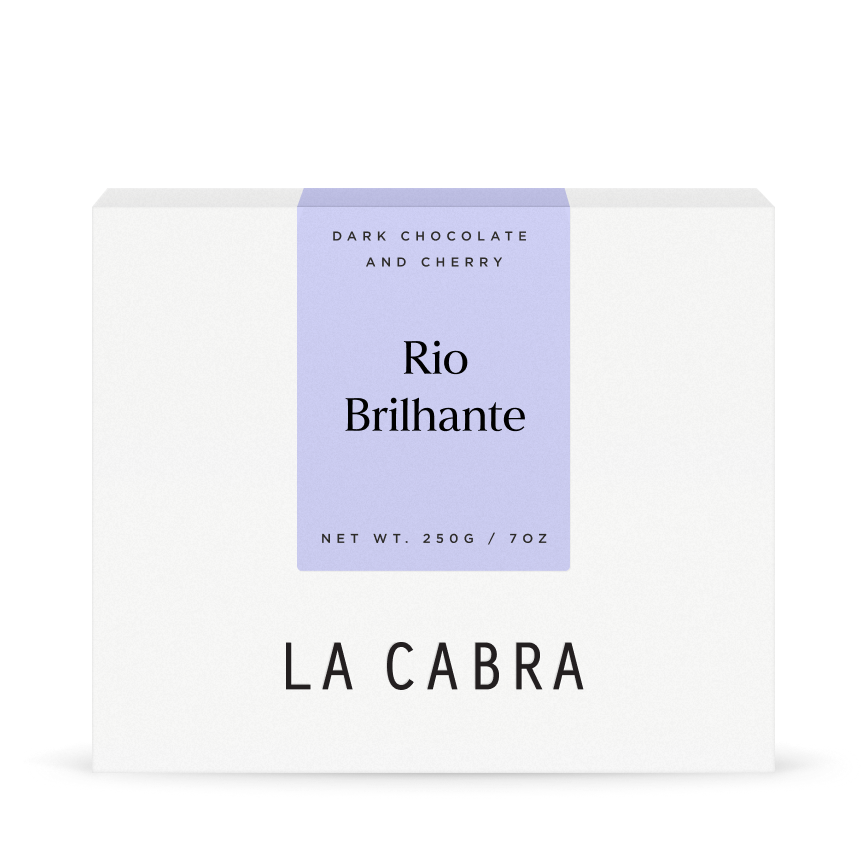
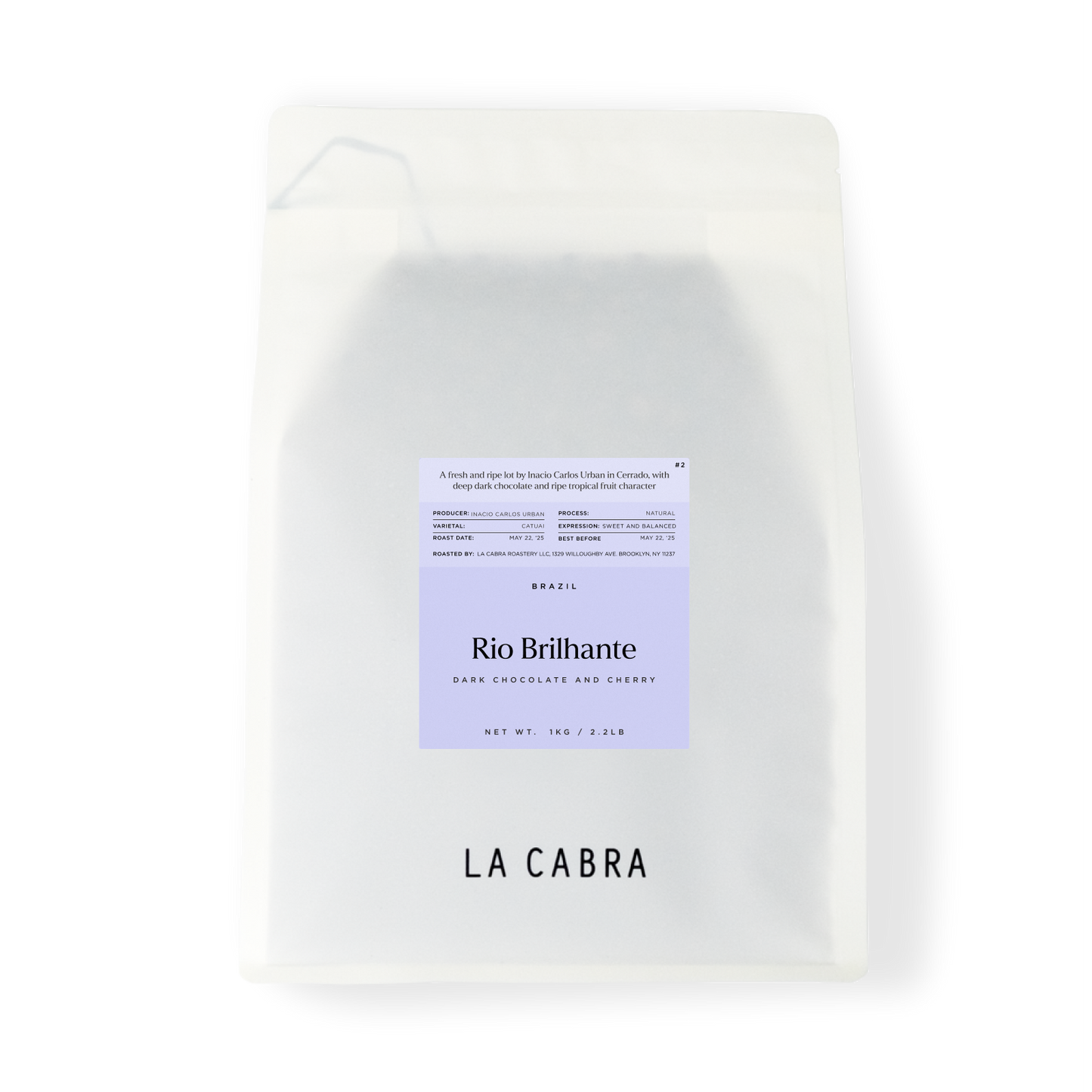
Inacio Carlos Urban
Inacio Carlos Urban originally named his farm Rio Brilhante, ‘bright river’, a reference to the clear crystal water that feeds his farm. Inacio attributes much of the farm’s success to this plentiful supply of water, originating from the ‘Guarani Aquifer’, the second largest underwater reservoir on the planet, partly located underneath the Cerrado region, but also stretching as far as Paraguay and Uruguay. The farm’s area is over 2000 hectares, large even by Brazilian standards, but great swathes are left as wild nature reserve, allowing Inacio to gain a Rainforest Alliance certification. Inacio purchased the land that became Rio Brilhante in 1984, before slowly expanding to become one of the largest farms in Cerrado.
Inacio never sits on his laurels, always improving his quality control practices, and slowly bringing his two sons into the family business. After celebrating the 40 year anniversary of the farm last year, Inacio hopes his sons will continue the legacy for years to come.

This lot consists of the Catuai varietal, processed as a natural on Inacio’s large concrete drying patios. Cuppers at the farm selected this lot for its tropical character, here carrying the typical dark chocolate of the Cerrado region, contrasted with the brighter tropical fruit character.
Cerrado Mineiro
The region of Cerrado Mineiro is part of the state of Minas Gerais in southeastern Brazil. In 2013 the region became the first in Brazil to be granted a protected designation of origin certificate, similar to Champagne or Scotch whisky. To qualify for the title ‘Cerrado’, the coffees must be speciality grade and grown above 800 masl in the Cerrado Mineiro region. The 4500 producers of the Cerrado region produces 6 million bags of coffee a year, from 210,000 hectares of coffee growing lands.

Most of the lands here are of quite low altitude compared to most of the coffee we buy here at La Cabra, and are more flat, rather than on more mountainous terrain. The region has characteristic and distinct seasons, with a wet warm summer, and a dry winter, leading to more consistency in growing conditions between years. The dry climate during harvest means less issues with drying coffees, part of the reason so many high quality naturals are produced here.




